Designing usable, accessible public services
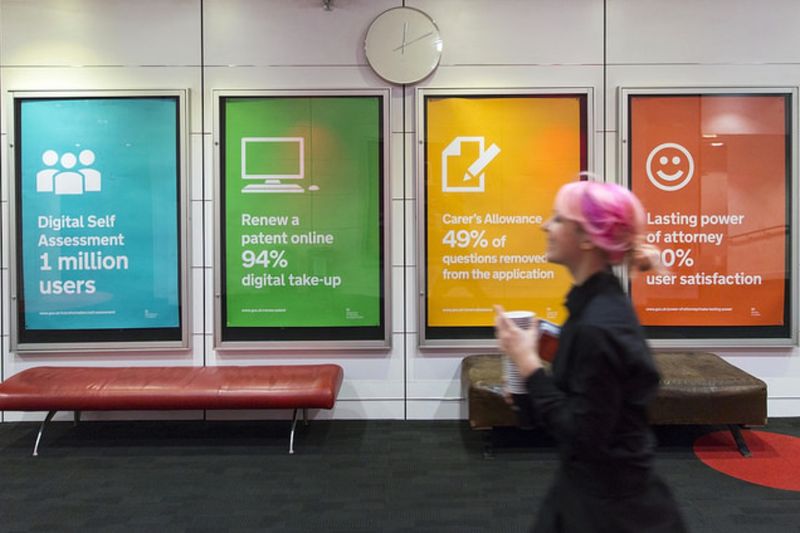
The challenge #
In January 2013, the UK government gave itself 400 days to transform 25 major services, making them digital by default and simpler, clearer and faster to use. This was known as the Transformation Programme.
The Government Digital Service (GDS) co-ordinated the programme, working closely with the 8 departments responsible for these exemplar services.
My role #
As a Lead Designer at GDS I supported service teams in Cabinet Office, Defra, DWP, HMRC, Home Office and MoJ - sometimes in a consulting capacity, other times as a permanent, co-located member of the team.
Between 2012 and 2015 I worked as lead designer on the following services:
- Lasting Power of Attorney
- Carers Allowance
- Waste Carrier Registration
- Rural Payments
- Universal Credit
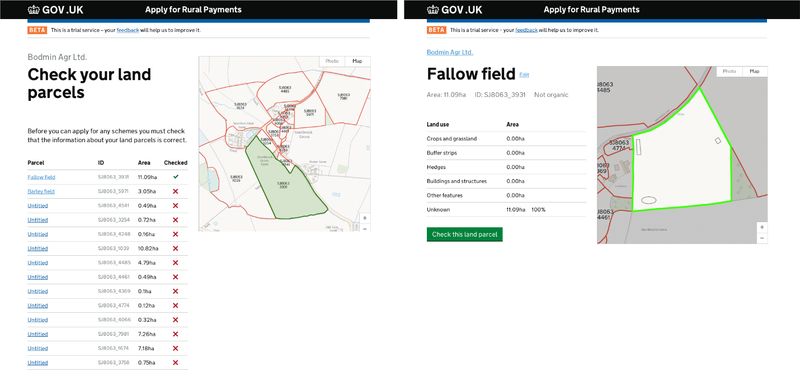
The approach #
On each team I worked closely with user researchers, developers, content designers and product owners to ensure that what was designed and delivered was joined up, usable and accessible.
Much of the work that I and others did on these services would later form the basis of the initial components and patterns in the GOV.UK Design System.
Rather than describe all of those projects in detail, I’ll focus on one - Lasting Power of Attorney.
Lasting Power of Attorney #
A Lasting Power of Attorney (LPA) lets you appoint people to make decisions on your behalf - for example, if you have an accident or an illness and cannot make your own decisions. The service gets around 300,000 applications a year.
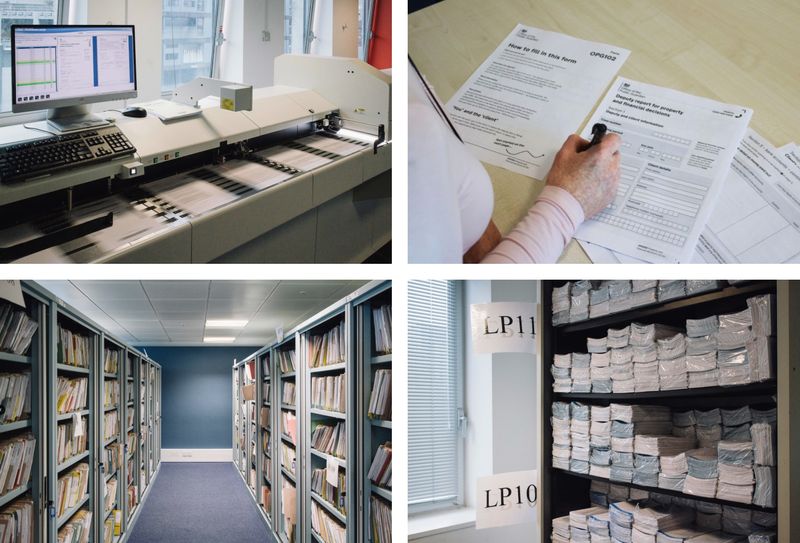
The original Lasting Power of Attorney service involved up to 7 different paper forms and came with a 44 page guide explaining how to complete and sign them.
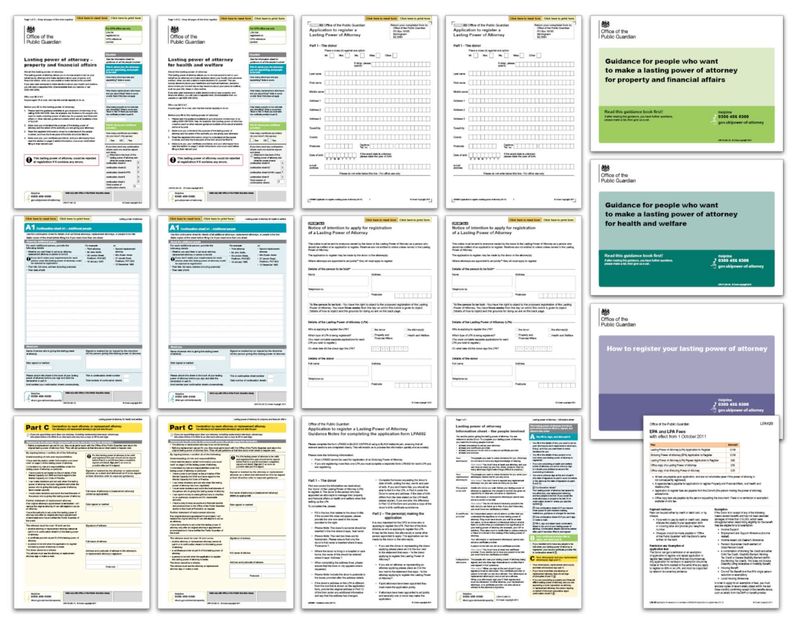
Because of this complexity, applicants typically turned to solicitors for help - immediately putting the service beyond the financial reach of many people.
Despite the solicitors, 20% of applications contained errors - often basic ones that could have been caught with some good online form validation.
Our brief was to redesign the service so that people could use it effectively without solicitors, and reduce the reliance on expensive processing and checking of forms.
Our biggest constraint was that the need to gather ‘wet’ signatures from different people was written into secondary legislation, meaning we had no way to remove them from the service.
Instead, I focussed on designing an online transaction that could guide people through the information gathering process, then give them a printable PDF version of the forms, already filled out - for them to sign and post.
Working closely with a user researcher and content designer, we mapped out every field in the 7 existing paper forms and did the hard work of finding out how the data was used and verified, who owned it and whether it could be removed or altered.
I then designed an interface that would guide users through all the decisions they would need to make - routing them around complexity they did not need to be exposed to, and providing contextual guidance for those that needed it.
Using a combination of service maps, flow diagrams and low and high fidelity prototypes, I started to design, test and describe the different parts of the service.

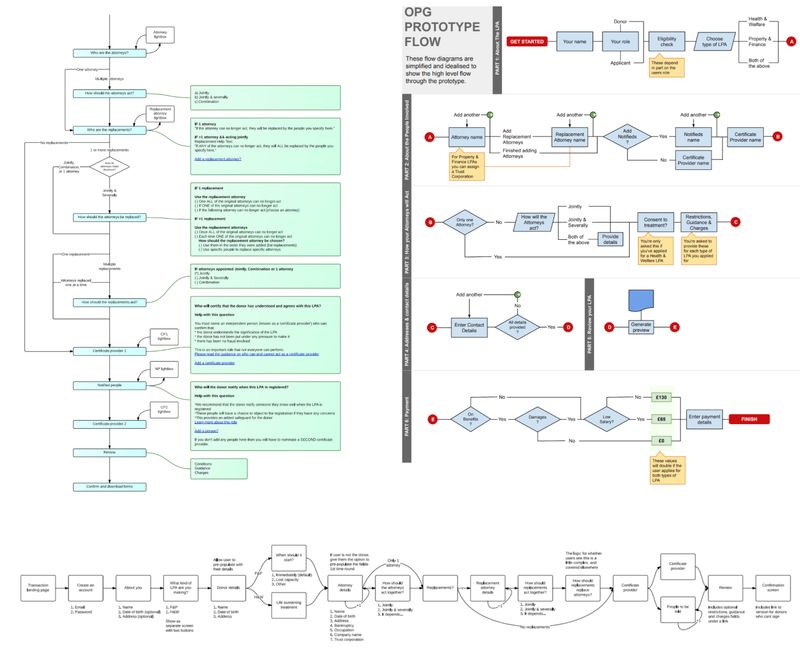
During the alpha phase of the project, I stayed one sprint ahead of the developers, developing prototypes in Axure for our fortnightly user research sessions.
In the beta phase I built HTML prototypes using the same Zend PHP framework that the alpha service was being built in - this made it easier to stay in sync with how the service actually worked.
Through multiple rounds of research, typically with about 10 participants, I iterated the design of the service. I tried a few approaches, including single page and ‘accordion’ forms, before settling on the simpler ‘one-thing-per-page’ model.
What I learned #
I learned a lot on this project about the unintended consequences of the way a government policy has been written.
- making assumptions in policy - like wet signatures
- interpreting ambiguous policy statements
- trying to replicating the paper service online
- trying to support all possible use cases
- assuming that ‘do nothing’ is the low risk option
- always prioritising security over usability
The outcome #
Lasting Power of Attorney was the first of the 25 exemplar services to pass its Live Service Assessment. It received very positive feedback from users, who reported an average user satisfaction rating of 90%.
Here's an interview with one of the users of the service:
Thanks to... #
Shout out to Ben Terrett for, giving me the chance to work on so many big public services, and for all my fellow team members from whom I learned so much - people like Lorena Sutherland, Kit Collingwood, Ben Holliday and Richard Pope.